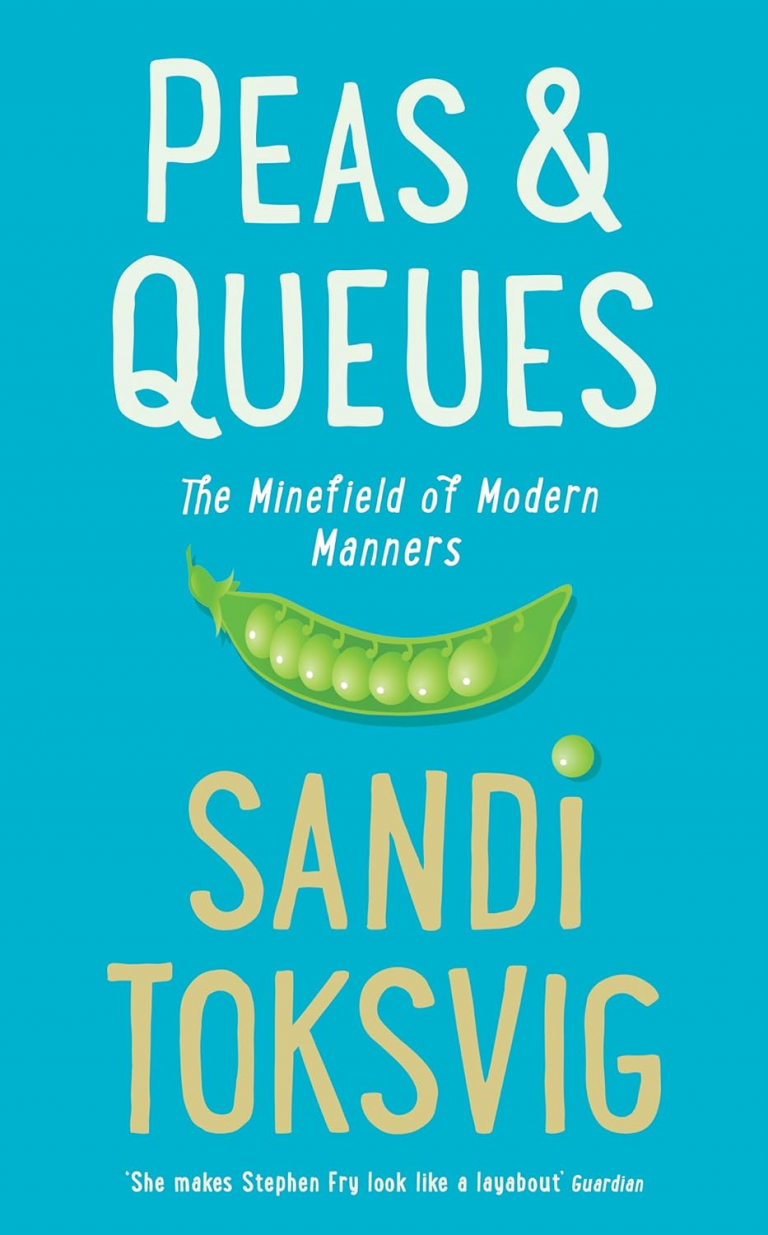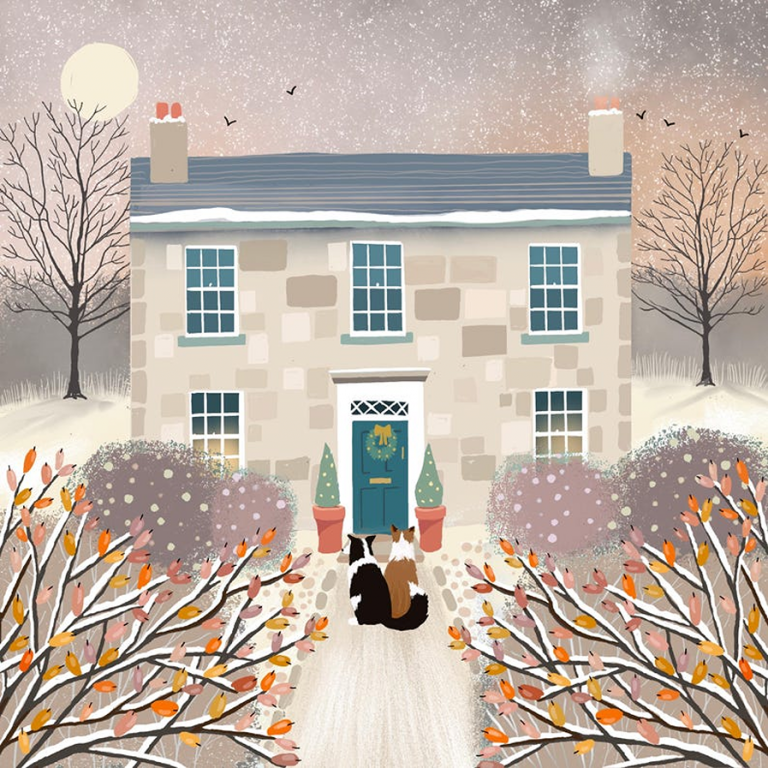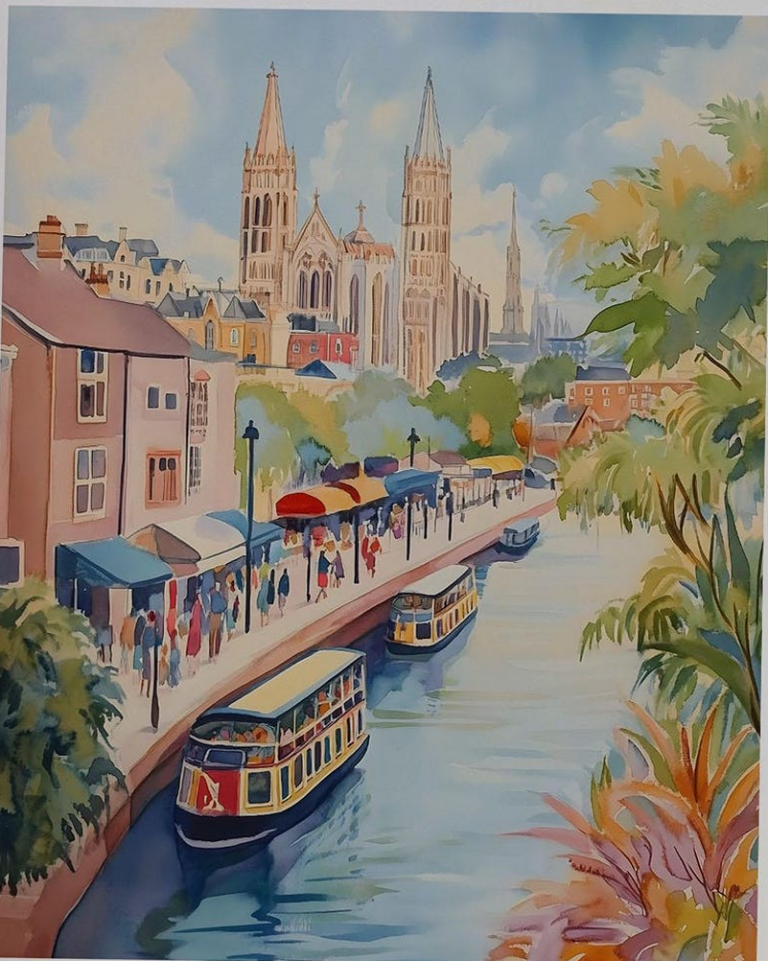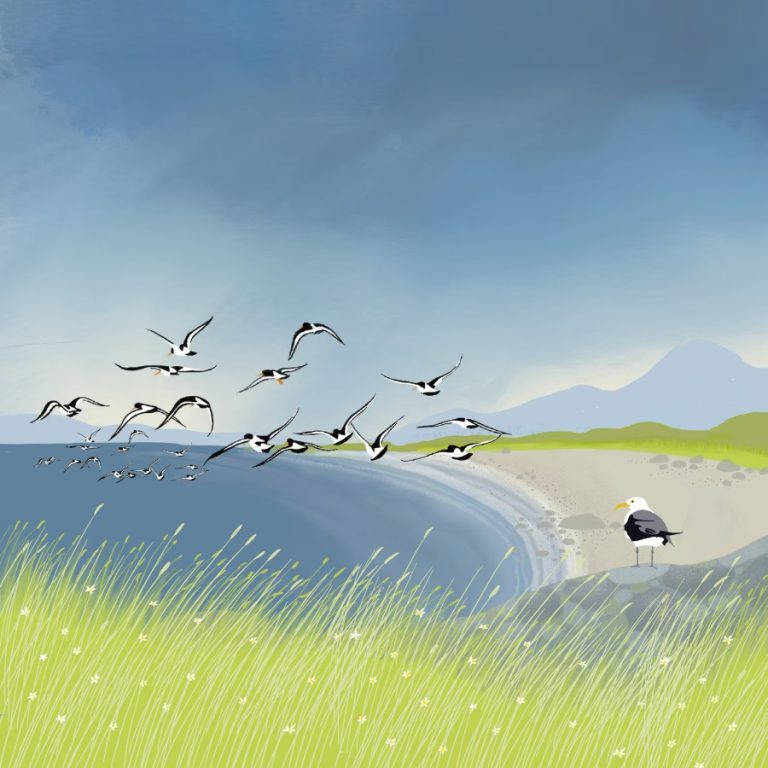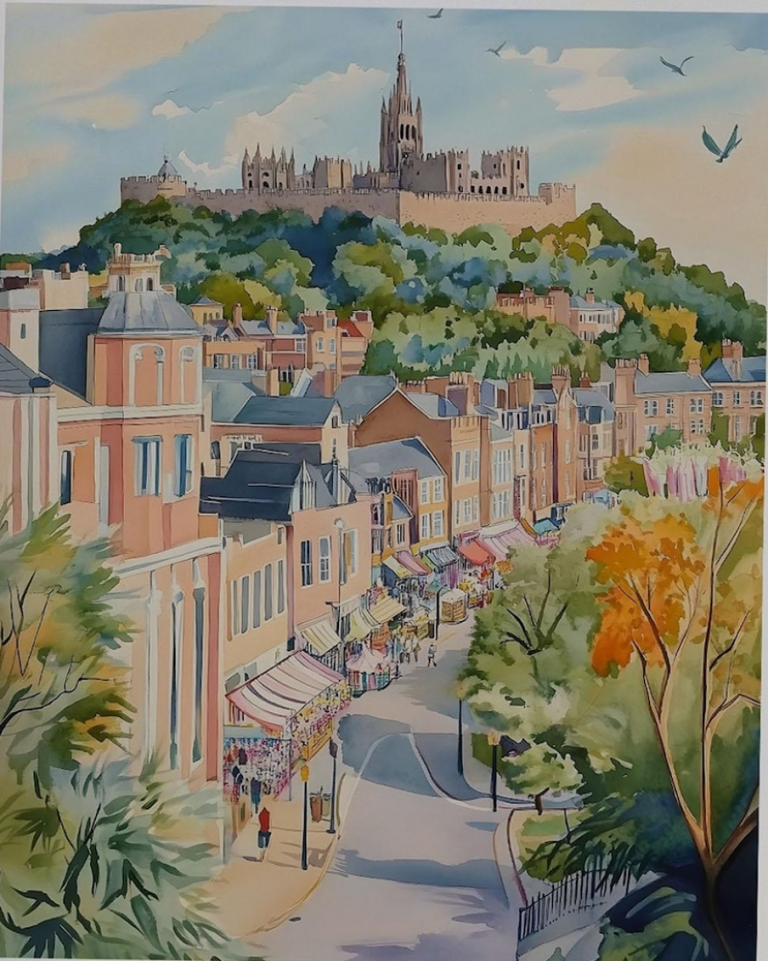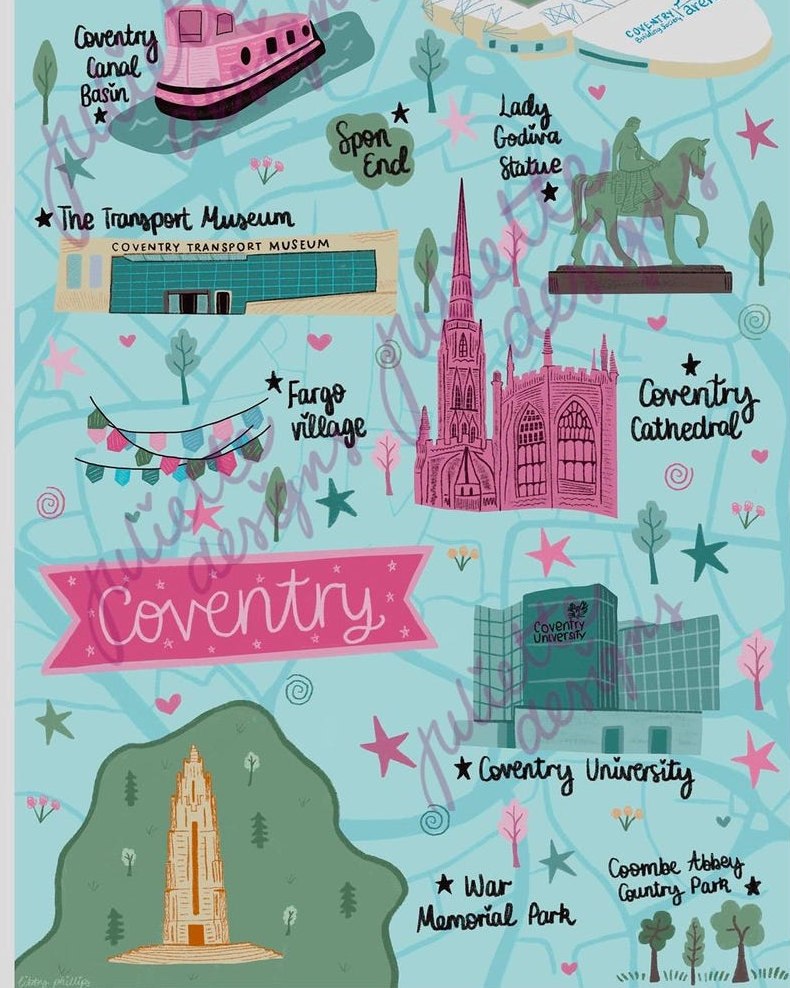
Nestled in the heart of the Midlands, Coventry mixes ancient stories with modern energy. Just a short drive from Birmingham, this city stands proud with its stunning ruins, rebuilt cathedrals, and a creative spirit that shapes every street.
Coventry is home to powerful memories of the Blitz and famous faces like Lady Godiva. It’s also a magnet for music, film, and open-air art. From lively festivals to quirky indie cafés, Coventry always has something fresh to share.
If walking in nature, always follow the Countryside Code, to keep dogs and barnyard friends safe.
History and Heritage
Coventry’s streets echo with stories from every chapter of England’s past. Ancient walls, ruined cathedrals, and bold legends all shape the fabric of the city. From Roman encampments to dramatic moments in wartime, Coventry’s history brings together survival, growth, and community pride.
Roman roots and medieval growth
Coventry has roots shaped by Roman settlement. The Romans set up small outposts near what would become Coventry, building roads that stitched the early landscape together. As the centuries unfolded, the town grew and took on a new identity in the Middle Ages.
By the medieval period, Coventry had become a bustling market town. Its market square was the centre of trade for the region. Merchants and townsfolk gathered to swap goods, stories, and news. The real breakthrough came when Coventry’s cloth trade boomed in the 14th and 15th centuries. Skilled weavers and dyers turned Coventry into one of England’s richest cities. Woollen cloth from here was famous across Europe.
Not just a hub for business, Coventry was also a stronghold. The city protected itself with tall defensive walls. You can still spot the odd gate or section if you wander off the main roads. At its heart stood the original St Mary’s Cathedral, a grand church that showed off the city’s faith and ambition.
- Key Facts:
- Roman routes still guide many main roads
- Medieval markets built Coventry’s early wealth
- Cloth trade powered growth for centuries
- Remnants of city walls stand as quiet reminders
- The first cathedral set the stage for Coventry’s spiritual life
The Blitz and reconstruction
Coventry faced its darkest night in November 1940. German bombers rained down thousands of explosives, transforming the city centre into rubble. The dramatic attack, known as the Coventry Blitz, destroyed much of the heart of the city. The old cathedral, a symbol of hope and community, burned under the bombs and was left as shattered ruins.
Most cities might have crumbled under such loss, but Coventry rallied. Ordinary citizens and returning workers rebuilt homes, factories, and streets. Instead of erasing the scars, the city left the broken cathedral walls standing as a memorial. They built a new, modern cathedral right alongside, linked by a simple walkway. This bold act became a symbol of hope, healing, and peace.
The Coventry Carol, a haunting Christmas song, gained new meaning. Once sung in medieval pageants, it became a gentle hymn of comfort through wartime sorrow.
The 1940 Blitz killed over 500 people, and left the cathedral as ruins.
Lady Godiva legend
No story about Coventry is complete without Lady Godiva. According to legend, Lady Godiva rode naked through the city’s streets, wrapped only in her long hair, to protest high taxes imposed by her husband on the townsfolk. Everyone was told to stay inside and not look, though one man (Peeping Tom) ignored the warning.
This bold act of compassion wasn’t just a poetic tale. It turned Lady Godiva into Coventry’s beloved symbol of bravery, charity, and the fight against injustice. Her story stands at the heart of the city’s identity and has inspired art, music, and even protests through the centuries.
You’ll find her presence everywhere—statues in the city centre, reliefs on buildings, and an annual Godiva Festival. Locals and visitors gather each year to celebrate with music, food, and parades, keeping Godiva’s story alive in style.
Culture and Creativity
Coventry is a city that loves to celebrate new ideas. Creativity shines from its stage, skips through its poems, and beams from TV screens. Even if you are here for the history, you cannot help but notice how artistic talent pops up everywhere. Some of England’s brightest artists and musicians started out here, and the streets are full of stories worth sharing.
Poetry and Philip Larkin
Philip Larkin, known as one of England’s greatest poets, had a close link with Coventry. Born here in 1922, he spent his boyhood wandering the city. Larkin’s father was the city treasurer, so young Philip often found himself around Coventry’s historic landmarks and busy streets. His early life in Coventry shaped much of his writing voice.
Larkin went on to study English at Oxford but often wrote about the memories and moods of his childhood city. His poems give gentle nods to Coventry—sometimes hidden, sometimes clear. He wrote about trains leaving the city, the feeling of ordinary life, and the way change sweeps through family and place.
In later life, he became librarian at Hull University, but he sometimes spoke openly about the ways Coventry’s postwar changes had shaped his feelings about loss and home.
Coventry’s place in his work is more than simple memory. The city’s bombed-out cathedral, the quiet market streets, and the sense of things left behind all shine through his poetry. If you stroll through Coventry today, it is easy to sense the same mix of ordinary life and quiet beauty that inspired Larkin’s writing.
Music scene: The Specials and The Selecter

Music from Coventry is loud, proud, and often carries a message. In the late 1970s and early 1980s, the 2 Tone movement kicked off right here, mixing ska beats from Jamaica with British punk edge. At its heart stood two key bands—The Specials and The Selecter.
The Specials brought everyone together, no matter their background. Songs like “Ghost Town” and “Too Much Too Young” blasted out of radios and echoed in city clubs. Their music was sharp, fun, and never afraid to tackle big issues like unemployment or racism.
Singer Terry Hall (who also sang in Fun Boy 3) said that Coventry was a city built on immigrants that looked for ‘cheap labour’, so it’s no surprise that such groups came about.
He had a shocking and sad life, abducted by one of his teachers then became part of a paedophile ring on a trip to France, age just 12. He was medicated as a teenager to cope, which led to depression and a suicide attempt, before dying from cancer in his 60s. He wrote of the events in a song:
You took me to France, on the promise of teaching me French. The hedge that you dragged me through, led to a nervous breakdown. If I could have read, what was going on inside your head. I would have said, that I was blind to your devious mind. There’s no excuse, for child abuse and the scars that it leaves.
The Location of TV and Film Appearances
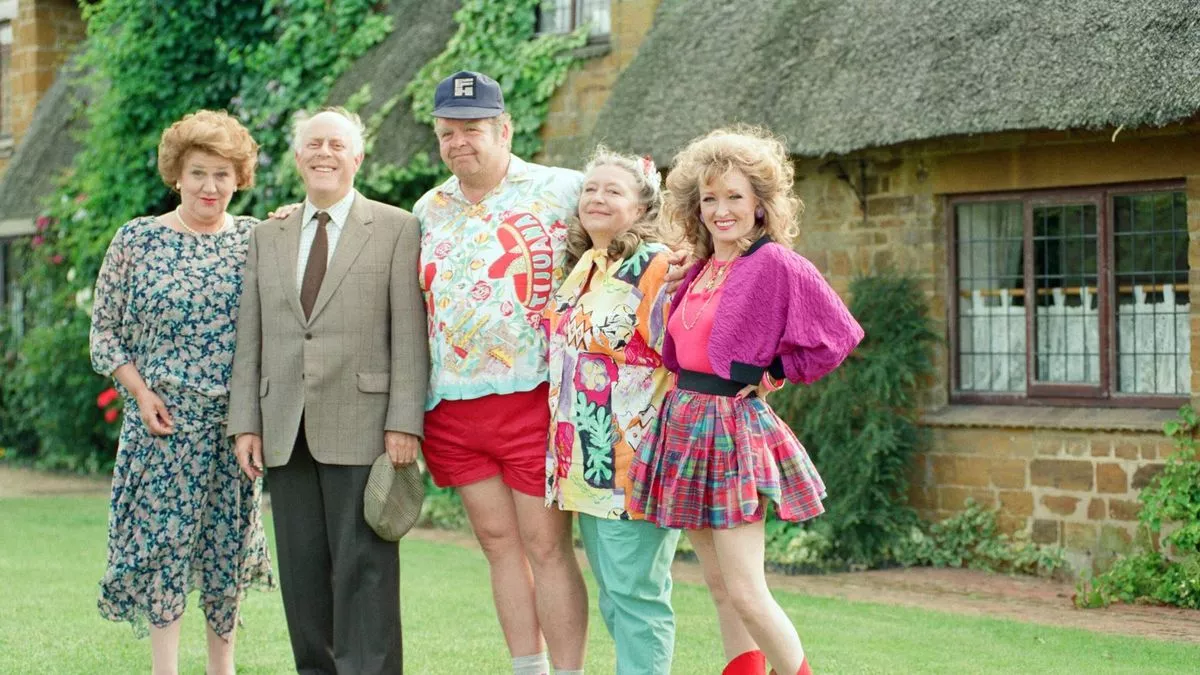
Coventry was the unlikely setting for two famous TV and film appearances:
The TV sitcom Keeping Up Appearances was mostly filmed in and around Coventry, including the ‘posh street’ and the council house where Hyacinth Bucket’s sisters lived.
The film The Italian Job was also partly filmed here. The scene where the Minis speed through tunnels, were actually filmed in Coventry’s sewers – not so glamourous! The film starred Michael Caine in a film set in Turin, but has become known more for its iconic line:
You’re only supposed to blow the bloody doors off!
Coventry Cathedral: Ruins and Renewal
Stepping into the heart of Coventry, you meet two cathedrals that sit side by side. The older, ruined cathedral, with its hollowed arches and sky-filled spire, is a powerful reminder of the city’s wartime experience. Don’t rush past—pause under the open air, and run your fingers along weathered stones that have seen everything from medieval feasts to the firestorms of the Blitz.
Right next door stands the new St Michael’s Cathedral, completed in the 1960s. The building is bold, with sharp lines and a sweeping roof. Walk inside and you’ll spot world-class modern art, from Graham Sutherland’s vivid “Christ in Glory” tapestry to stunning stained glass that floods the space with colour. Every corner is a call for peace and rebuilding.
Look out for the striking statue of St Michael and the Devil near the entrance—its message of hope rising from devastation sums up Coventry’s spirit perfectly.
River Sherbourne Walkways: Nature Finds Its Path
The River Sherbourne quietly threads its way through Coventry. The riverside path is a green ribbon of woodlands, wildflowers, and open lawns, making it ideal for a slow walk or a quick escape from city noise.
You’ll start near the city centre, ducking under bridges and passing old mill sites. Head outwards, and the river guides you to leafy parks where families picnic or couples unwind by the water. Swans, ducks, and songbirds make the walk extra lively, especially in spring.
The path links several of Coventry’s best-loved green spaces. Watch for trails leading to Naul’s Mill Park, known for its play areas and floral displays, or keep heading out for a longer stroll to Lake View Park and beyond. In summer, these spots fill up with runners, walkers and artists sketching by the bank.
Transport Museum and the Mini Heritage
You don’t need to be a car buff to enjoy the Coventry Transport Museum. It’s a treasure trove, packed with everything from penny-farthings to futuristic electric cars. You’ll see the world’s fastest car, the ThrustSSC, displayed alongside old Raleigh bicycles and icons of British motoring.
The museum’s pride and joy? The story of the Mini. Coventry helped birth this little car, and its history lines up with the city’s past as a motoring powerhouse. Take a moment to check out the original models, and notice design notes that made the Mini a favourite from crowded city roads to movie sets.
Most visitors love the “Italian Job” connection—Coventry-built Minis played a starring role in the classic film, weaving through tight spots and city tunnels. The displays mix pop culture and car history, making the place a winner with both petrolheads and families.
Whether you come to trace the city’s roots or just fancy a fun morning out, Coventry’s landmarks and attractions always deliver a few surprises. Keep your camera ready—you’ll want to remember these moments.
Future projects and sustainability
Coventry isn’t just living in the moment—it’s planning for the future, often with a green vision in mind. The skyline feels different every year because of new regeneration schemes.
The city is making bold moves on sustainability, too. Electric bus trials, more cycle-friendly routes, and projects to open up the River Sherbourne all hint at a cleaner, smarter city to come. Coventry aims to be the first in Britain to launch an all-electric bus fleet, turning everyday commutes greener and quieter. There are also new tree-planting drives and rooftop gardens in the pipeline, part of wider plans to support both people and wildlife.
Conclusion
Coventry blends old and new in a way that feels authentic, never forced. Every street carries a piece of history, but the city never sits still. From music legends to quiet green spaces, Coventry’s mix keeps things interesting without trying too hard.
This place stands out for its strong sense of community and a warmth you feel right from the start. Whether you’re exploring in person or reading about the city online, try taking a closer look. Coventry proves that a city doesn’t have to be huge or flashy to inspire loyalty and pride.

